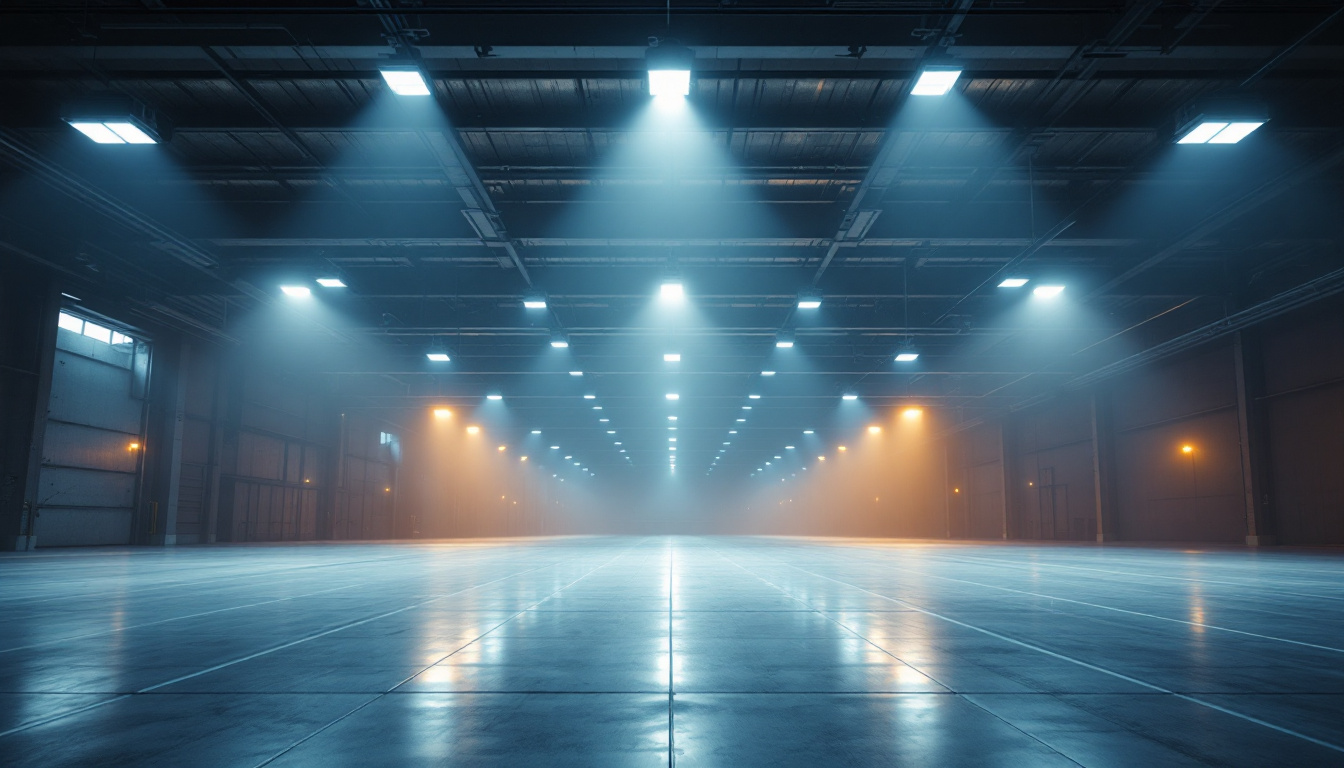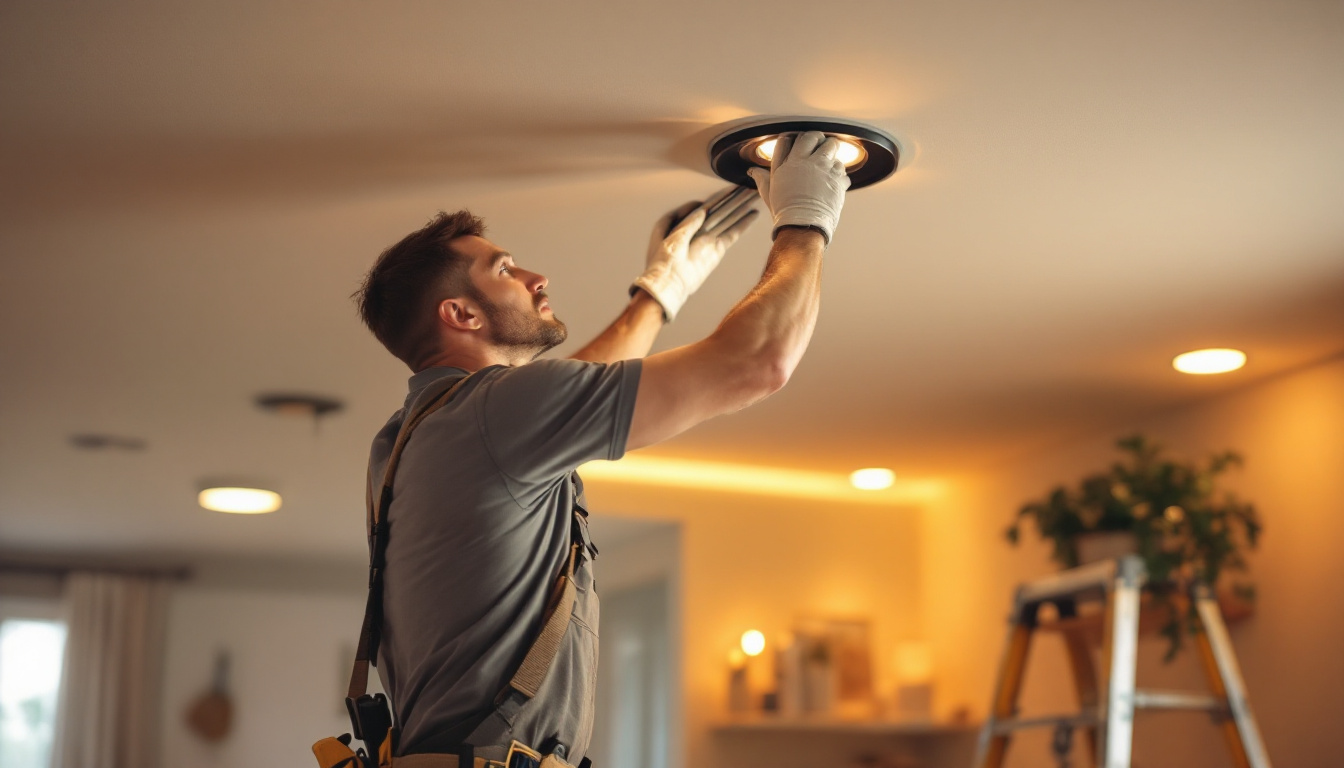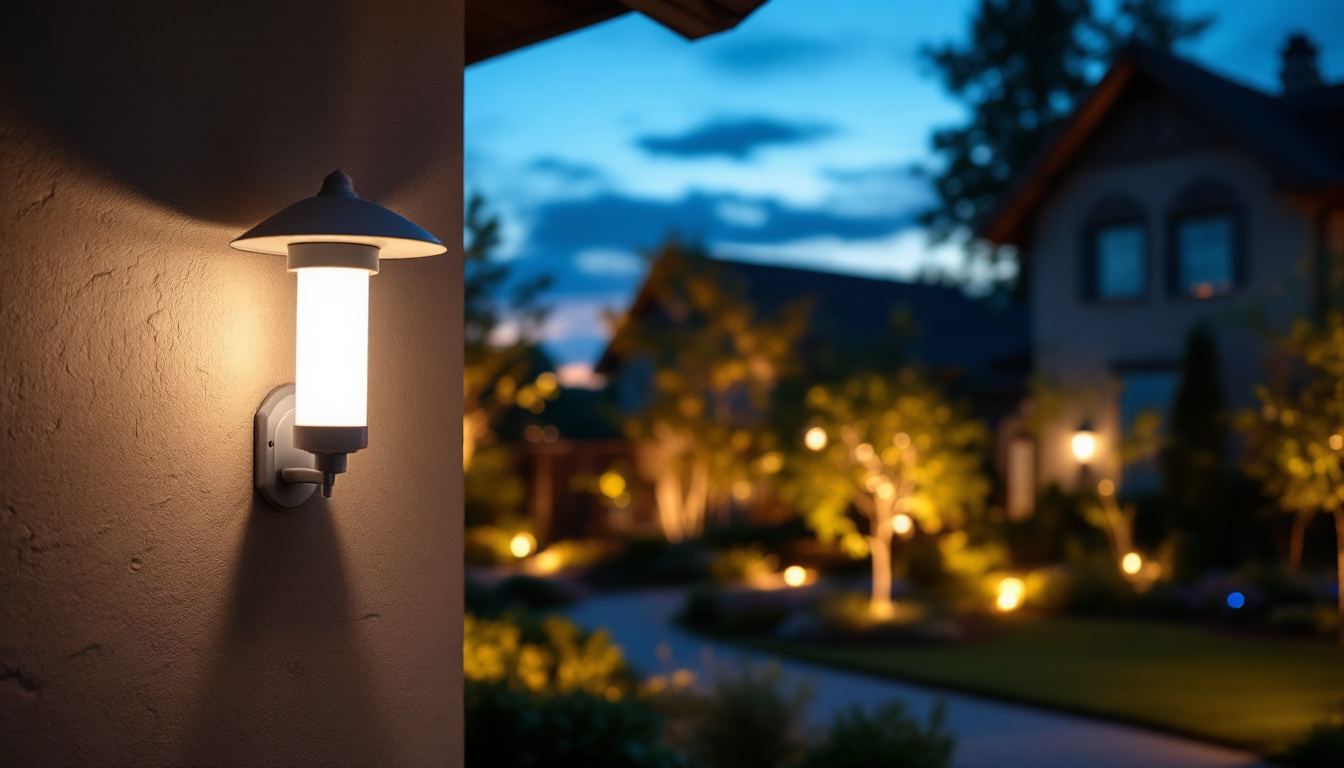
As the demand for energy-efficient lighting solutions continues to rise, lighting contractors face a unique set of challenges when it comes to installing LED bulb fixtures. While these fixtures offer numerous benefits, including reduced energy consumption and longer lifespan, navigating the complexities of installation, client expectations, and compliance with regulations can be daunting. This article aims to provide insights and strategies for lighting contractors to effectively overcome these challenges.
Before delving into the challenges faced by lighting contractors, it is essential to grasp the fundamentals of LED technology. Light Emitting Diodes (LEDs) have revolutionized the lighting industry by providing a more sustainable and efficient alternative to traditional incandescent and fluorescent bulbs. The science behind LEDs involves the movement of electrons within a semiconductor material, which produces light when energized. This process not only enhances energy efficiency but also minimizes heat production, making LEDs a safer choice for various applications.
LED fixtures are known for their energy efficiency, consuming significantly less power than conventional lighting options. This not only translates to lower electricity bills for clients but also contributes to a reduction in carbon footprints. Furthermore, LEDs have a longer lifespan, often lasting up to 25,000 hours or more, which means less frequent replacements and lower maintenance costs. The durability of LEDs also makes them resistant to shock and vibration, which is particularly advantageous in environments where traditional bulbs might fail. This resilience ensures that clients can rely on their lighting solutions in a variety of settings, from bustling warehouses to serene residential gardens.
Additionally, LED technology offers versatility in design and application. From residential settings to commercial spaces, the adaptability of LED fixtures allows for creative lighting solutions that can enhance aesthetics while providing functional illumination. For instance, LEDs can be integrated into smart home systems, allowing users to control their lighting remotely or set schedules for energy savings. This level of customization not only meets the practical needs of clients but also elevates their overall experience with lighting design.
Despite the advantages, misconceptions about LED technology persist. Some clients may believe that LED lighting is too harsh or lacks the warmth of traditional bulbs. Educating clients about the variety of color temperatures available in LED fixtures can help dispel these myths. By showcasing the different options, contractors can align client preferences with the benefits of LED technology. Moreover, many modern LEDs now come equipped with dimming capabilities, allowing users to adjust brightness levels to create the perfect ambiance for any occasion. This flexibility further emphasizes the potential of LED lighting to meet diverse aesthetic and functional requirements.
Another common misconception is the initial cost of LED fixtures, which can be higher than that of traditional lighting options. However, when clients consider the long-term savings on energy bills and reduced maintenance expenses, the investment in LED technology often proves to be more cost-effective over time. Additionally, many regions offer incentives or rebates for upgrading to energy-efficient lighting, making the transition to LEDs not only environmentally responsible but also financially savvy. By addressing these misconceptions, contractors can foster a greater understanding of the value that LED technology brings to their clients’ lighting needs.
While the benefits of LED fixtures are clear, lighting contractors often encounter challenges during the installation process. Understanding these hurdles is crucial for ensuring a smooth and efficient installation.
One of the primary challenges contractors face is compatibility with existing fixtures and systems. Many older lighting systems may not be designed to accommodate LED technology, leading to issues such as flickering or reduced performance. It is vital for contractors to assess the current electrical infrastructure and determine whether upgrades or modifications are necessary before proceeding with installation.
Moreover, some clients may wish to retrofit existing fixtures rather than replace them entirely. In such cases, contractors must be knowledgeable about the various retrofit options available and how they can be implemented without compromising performance or safety.
Managing client expectations is another significant challenge. Clients may have preconceived notions about the performance, appearance, and cost of LED fixtures. Clear communication is essential to ensure that clients understand the benefits and limitations of the products being installed. Providing detailed explanations and visual aids can help align expectations with reality, fostering trust and satisfaction.
Additionally, contractors should be prepared to address concerns regarding initial costs. While LED fixtures may have a higher upfront cost, the long-term savings in energy and maintenance can justify the investment. Educating clients about the return on investment (ROI) can help alleviate concerns and promote acceptance of LED technology.
Another layer of complexity for lighting contractors is navigating the regulatory landscape associated with LED installations. Compliance with local codes and standards is essential for ensuring safety and legality.
Each region may have different regulations governing electrical installations, including those related to energy efficiency and safety. Contractors must stay informed about these codes to avoid potential legal issues or fines. Regular training and professional development can help contractors remain up-to-date with the latest regulations and best practices.
Furthermore, understanding the requirements for energy-efficient lighting can help contractors guide clients in making informed decisions. Many regions offer incentives or rebates for using energy-efficient fixtures, which can be an attractive selling point for clients considering LED options.
Proper documentation and permitting are crucial aspects of any installation project. Contractors must ensure that all necessary permits are obtained before beginning work. This not only ensures compliance with local regulations but also protects the contractor from liability in case of issues arising during or after installation.
Maintaining thorough records of all installations, including specifications and compliance documentation, can also streamline future projects and enhance the contractor’s reputation for professionalism and reliability.
Technical challenges can arise during the installation of LED fixtures, requiring contractors to be adaptable and resourceful. Understanding common issues and their solutions can help streamline the installation process.
LEDs generate heat, and managing this heat is crucial for maintaining performance and longevity. Improper heat dissipation can lead to reduced efficiency and a shorter lifespan for the fixtures. Contractors should ensure that fixtures are installed in well-ventilated areas and that heat sinks are properly utilized to dissipate heat effectively.
Additionally, educating clients about the importance of heat management can help them understand the necessity of proper installation practices. This knowledge can foster a sense of confidence in the contractor’s expertise and commitment to quality.
Ensuring that wiring and electrical connections are compatible with LED fixtures is another technical challenge. Some existing wiring may not support the lower voltage requirements of LED technology, leading to performance issues. Contractors must assess the electrical system and make any necessary upgrades to ensure compatibility.
Moreover, understanding the differences in wiring configurations for various types of LED fixtures—such as recessed, surface-mounted, or pendant lights—can help contractors avoid common pitfalls during installation.
Providing an exceptional customer experience is vital for lighting contractors looking to build a loyal client base. By focusing on communication, transparency, and quality service, contractors can set themselves apart from the competition.
Clear and effective communication is the cornerstone of a positive customer experience. Contractors should take the time to explain the installation process, address any concerns, and keep clients informed of progress. Regular updates can help clients feel involved and valued throughout the project.
Additionally, providing clients with educational materials about LED technology and its benefits can empower them to make informed decisions. This proactive approach can enhance the contractor-client relationship and foster trust.
Offering post-installation support is another way to enhance the customer experience. Providing clients with information on maintenance, troubleshooting, and warranty details can help them feel confident in their investment. Establishing a follow-up process to check on client satisfaction and address any issues can further solidify the contractor’s reputation for quality service.
Moreover, encouraging clients to provide feedback can offer valuable insights into areas for improvement and help contractors refine their services.
As technology continues to evolve, lighting contractors must stay informed about emerging trends in LED lighting. Understanding these trends can help contractors remain competitive and offer cutting-edge solutions to clients.
The rise of smart lighting solutions is transforming the way clients interact with their lighting systems. Integrating LED fixtures with smart technology allows for greater control over lighting settings, energy usage, and automation. Contractors should familiarize themselves with smart lighting options and be prepared to offer clients these innovative solutions.
Moreover, educating clients about the benefits of smart lighting—such as convenience, energy savings, and enhanced security—can position contractors as knowledgeable experts in the field.
As sustainability becomes increasingly important to consumers, contractors should emphasize eco-friendly practices in their operations. This includes using sustainable materials, minimizing waste during installations, and promoting energy-efficient solutions. By aligning with clients’ values regarding sustainability, contractors can build stronger relationships and attract environmentally conscious customers.
Additionally, staying informed about advancements in sustainable lighting technology can help contractors offer innovative solutions that meet the growing demand for eco-friendly options.
In the ever-evolving landscape of lighting technology, contractors face a myriad of challenges when it comes to installing LED bulb fixtures. By understanding the fundamentals of LED technology, navigating installation hurdles, ensuring regulatory compliance, and enhancing customer experience, contractors can position themselves for success in this competitive industry.
Moreover, staying informed about future trends and embracing sustainability will not only benefit contractors but also contribute to a greener and more energy-efficient world. By proactively addressing challenges and adapting to changes, lighting contractors can thrive in the dynamic field of LED lighting.
Ready to tackle the challenges of LED bulb fixture installations and elevate your lighting projects? Look no further than LumenWholesale for all your lighting needs. Our extensive selection of top-quality, spec-grade lighting products is available at unbeatable wholesale prices, giving you the competitive edge you need. Say goodbye to inflated markups and hello to superior lighting products that meet the highest industry standards. Plus, with free shipping on bulk orders, you can stock up on premium lighting without worrying about hidden fees or compromises. Don’t miss out on the perfect blend of quality, affordability, and convenience. Visit LumenWholesale today and discover the best value in wholesale lighting!

Discover the essential facts about 400W high bay lights that every lighting contractor needs to know.

Discover essential tips and expert strategies for lighting contractors looking to master recessed lighting replacement.
Discover the essential best practices for using LED string work lights in construction projects.

Discover how lighting contractors can enhance profitability with timer switches for outdoor lights.